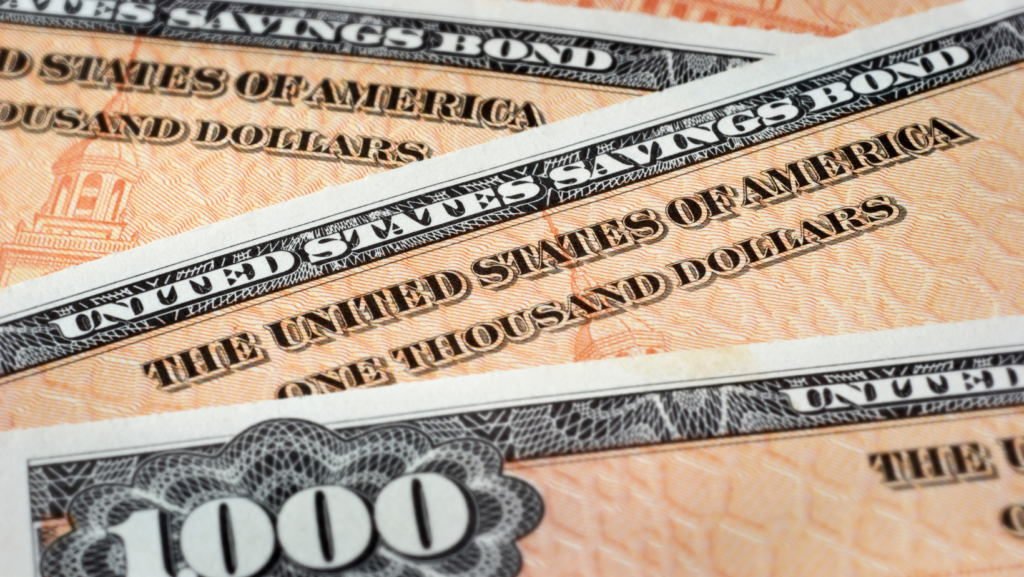I bonds are a form of U.S. savings bond meant to protect the value of an investor’s money from inflation. The U.S. Treasury issued them to safeguard your money from losing value.
The interest rates for I bonds are regularly adjusted to caution investors from the ever-rising price of commodities. Additionally, series I bonds are excluded from local and state income taxes. This makes them a better and low-risk for people who live in states with high taxes.
You can buy up to $10,000 worth of I bonds every year via the government’s Treasury Direct website. You are also to buy an extra $5,000 using your tax refund, bringing the total amount to $15,000 per investor.
How is I bond interest calculated?
I bond interest is calculated using what’s popularly known as composite rates depending on a fixed interest as well as an inflation-adjusted rate. With an I bond, you earn interest every month but you won’t be able to cash out the interest until the I bond matures. The interest earned is added to include the value of the bond twice annually.
When do I bonds mature?
I bonds mature after 30 years. They have an initial 20-year maturity duration followed immediately by an extra 10-year extension maturity period. There are a few ownership caveats with series I bonds:
- One cannot be penalized for cashing in the bonds after 5 years
- I bonds cannot be cashed for one year after purchase. If one decides to cash out within the first three years, then they will have to forfeit interest for the past three months.
How I bonds are taxed
I bonds are exempted from municipal and state tax but not income and federal taxes. You may however be exempted from all forms of taxation if you are used to paying for qualified higher education expenses. The owner of the bond can only pay taxes on the interest accrued yearly after the I bond matures or when being cashed out. You are also liable for taxation, irrespective of who bought the bond.
How to buy I bonds
There are several ways one can purchase I bonds. Here are some of the common ways:
- Tax refunds: Other than the allowed $10,000 per person, you can also use your tax refunds and direct them for the purchase of up to $5,000 in the paper I bonds.
- Married couples and children: The maximum an individual can purchase on an I bond is $10,000. This means that a married couple can each contribute $10,000 every year or up to $15,000. Parents can also contribute on behalf of their kids up to the maximum amount. But a parent who would like to do so will be required to create a Treasury Direct custodial account before making a purchase.
- A business or trust: Business owners or those with a living trust can also increase the purchase limit by buying an I bond on behalf of their respective entities.
To be honest, buying I bonds for different people and entities can be complicated. Every entity or person you purchase for must have a Treasury Direct account. It is not possible for two or more people to use one account. Depending on when the I bonds are purchased, you should keep track of when you are allowed to access your money. You can’t cash out money from your account within the first years after opening it.
What are the benefits of I bonds?
One of the biggest benefits of I bonds is the fact that they shield the purchasing power of your money from inflation. When prices go up across the country, hard currency is devalued, meaning that your money won’t have the same purchasing power as before. But I bonds ensure that the value of the cash component in your asset allocation is always maintained.
